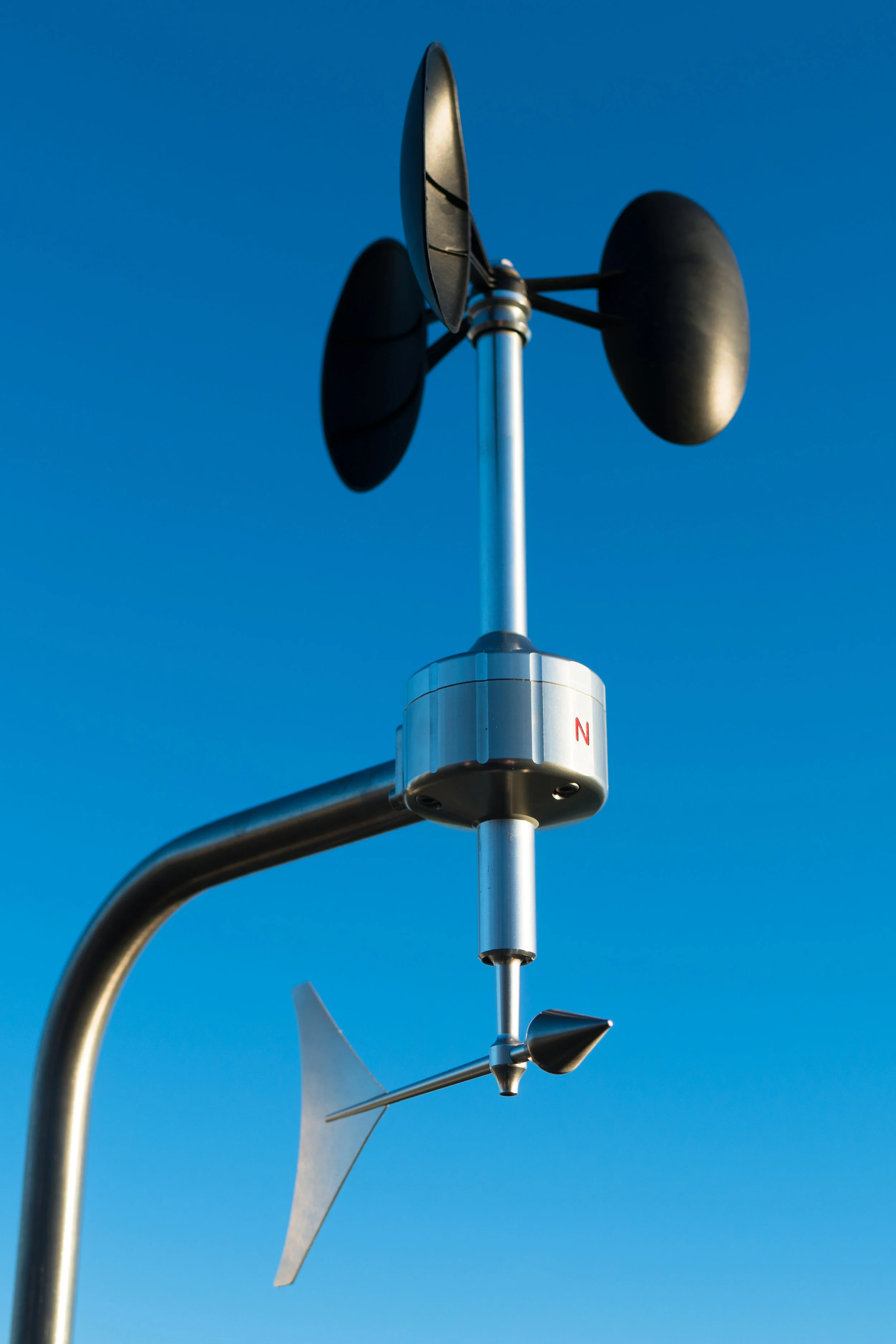Why did MEASNET/IEC 61400-12-1:2017 EDITION 2.0 ignore anemometers with direction vanes?
/MeteoWind® anemometer with direction vane at the top of a lattice tower
In 2017, when MEASNET/61400-12-1 Edition 2.0 was approved, the Elliptic Anemometer had been around for at least 4 years and MeteoWind® 2 for at least a year and both were excelling and passing MEASNET linearity requirements at MEASNET's favorite wind tunnel, Deutsche WindGuard GmbH. Why did MEASNET choose to ignore these wind speed and direction sensors in their Edition 2.0 update?
Arguably, data quality from a wind sensor that measures wind speed and direction together at a single point like MeteoWind® 2 is of higher quality than that from separate wind speed and direction sensors connected by tubes and separated by trusses of lattice towers, as is the status quo with current First Class or Class 1 anemometers.
MeteoWind® 2 MEASNET calibrated anemometer
Outdated MEASNET mounting requirements of anemometers and wind vanes on lattice towers for wind energy assessment state that the wind vane must be at least 1.5 away from the anemometer.
Does this mean that IEC 61400-12-1: 2017 Edition 2.0 is already outdated at the time of publishing since it did not take into account existing technologies? Is MeteoWind® 2 an exception? Since it is a single instrument, the 1.5 meter rule does not apply.



